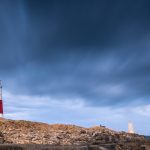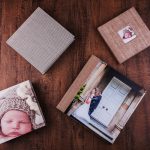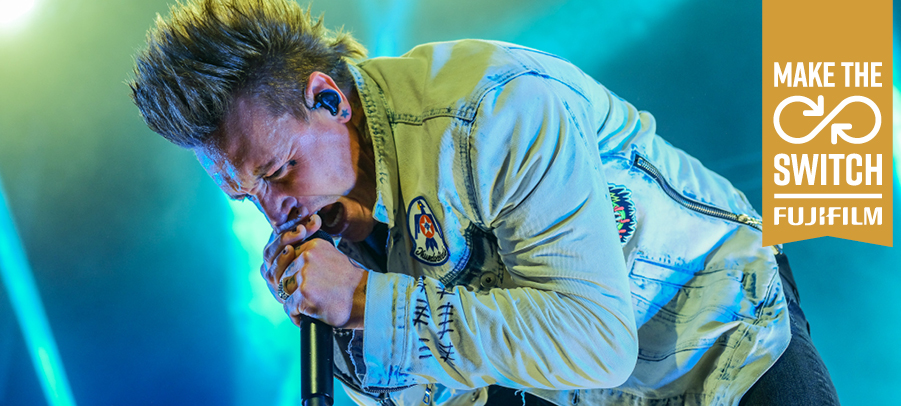
Music photographer Eleanor Sutcliffe shows off the Fujifilm GFX 50S’ potential – Make the Switch
Photographer, Eleanor Sutcliffe, swapped her DSLR for a medium format, mirrorless Fujifilm GFX 50S for two weeks. Discover how she found the switch…
SPONSORED BY FUJIFILM
“I started taking photos as a teenager, sneaking my dad’s Canon EOS 1100D into my local pub to photograph open mic nights. After moving to Birmingham at the age of 18 to pursue a degree in costume design, I fell into the world of music photography and shows most nights.
“Two years ago, I decided to take my hobby more seriously and last year I left my university course to pursue it full time. The risk paid off and I now work as a freelance music, events and product photographer, based in Birmingham.
“My work is incredibly varied – I can be discussing a client’s wedding in the morning, shooting products for a company’s social media in the afternoon and then photographing a concert late at night. I currently shoot on the Canon EOS 70D, alternating between a couple of lenses; Sigma 24-70mm f/2.8 for music and products, Sigma 70-200mm for arena shows and a Canon EF 50mm f/1.8 for the odd portrait. I edit on my trusty laptop, or my phone if my clients need images quickly for social media. I began shooting on a Canon purely out of convenience (it was, and still is, my dad’s favourite camera brand), and while I’ve tried shooting on other cameras, I’ve always gravitated back to my old faithful. However, mirrorless cameras are becoming more prevalent in my line of work – I seldom shoot a show now without seeing a photographer in the pit clutching one. It was only when I was recently working on a portrait shoot that I got talking to a photographer who only shoots on Fujifilm cameras and was singing their praises, especially about the GFX 50S. As a photographer with bad eyesight, I rely heavily on autofocus and my friend was raving about the autofocusing abilities on Fujifilm cameras, especially the GFX one.”

She continues: “I decided to test out the GFX 50S with two lenses – the GF45mm f/2.8 and the GF110mm f/2. I needed a set-up that would behave well for products and portraits, but that would also give me the flexibility in case I ended up shooting a show with a fair distance between me and the stage. I shoot primarily on lower apertures for my music work, so lenses that could drop to f/2.8 were a must – the fact that the 110mm could drop right down to f/2 was an unexpected bonus.
“After a very anxious wait, my new set-up finally arrived and I excitedly put it together. My first impression was that it was light. Almost too light. As someone who was used to the weight of a Canon EOS 70D with a vertical camera grip and a hefty lens, I found myself joyfully bouncing the GFX 50S camera from hand to hand (as joyfully as you can with a camera that costs more than what you’d pay for a kidney), marvelling at the weightlessness.
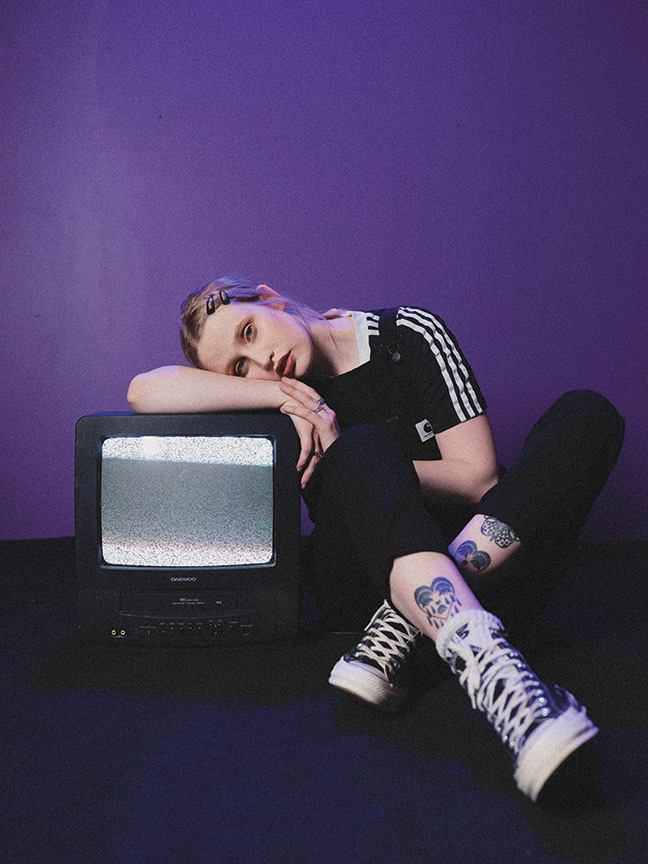
“Even with the 110mm lens attached, it was still half the weight of my current set-up. However, the lens did look comically large in comparison to the camera, especially with the lens hood attached.
“I spent an hour reading through the manual (the first time I’ve ever done something so responsible with a piece of gear) and setting the GFX 50S up exactly how I wanted, which was surprisingly easy in comparison to the Canon camera menus I was used to.
“I then headed out for my first job of the week – shooting some social media content for my main employer, Lush Birmingham. For product photography, the GFX 50S was a dream to work with. The digital viewfinder meant I wasn’t second guessing any shots, as it displayed the exact image I was going to end up with. This is a major plus in comparison to my DSLR set-up as it was time-saving and convenient. The screen was also resistant to smudges and smears (very important if you’re working around bath bomb dust and glitter on the regular), and the display showed up my shots with the upmost clarity. I imported the images into Adobe Lightroom, edited them and rushed around with the store’s iPad, eager to see if my colleagues would spot a difference in the photos. One comment they made was that the images looked sharper and asked if I’d purchased a new lens. I was overjoyed.”
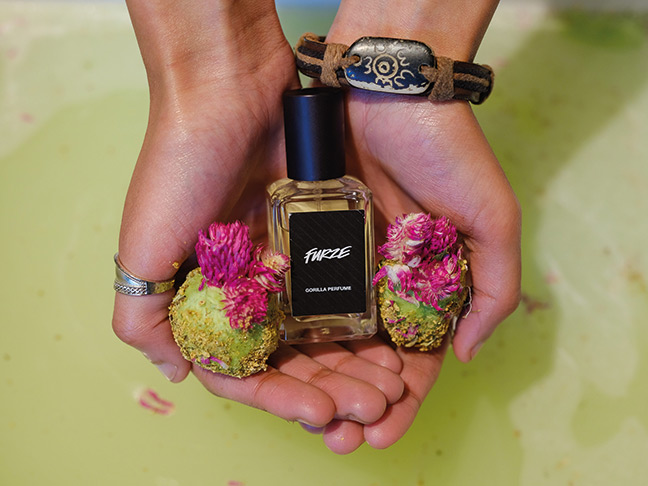
Eleanor next headed to the O2 Institute Birmingham. Known for its all-encompassing music shows and less than ideal lighting, it was the ideal venue to test out the 45mm and to see how the GFX 50S coped with darkness, strobe lights and smoke machines. “To start with, it was difficult – the neck strap kept wiggling loose from the camera body and my fat thumb kept hitting the quick menu button, meaning the screen kept flashing up with customisable options,” she says. “If you shoot in portrait often, it may be worth investing in a camera battery grip to avoid this from happening. If you shoot in portrait, the image when flashing up on the display won’t auto rotate either, meaning lots of awkward neck craning to see your images. However, the quality of the photos was simply superb – the GFX lenses are streets ahead of ones I’d used previously and needed minimal editing before I sent them out. So far, so good.”
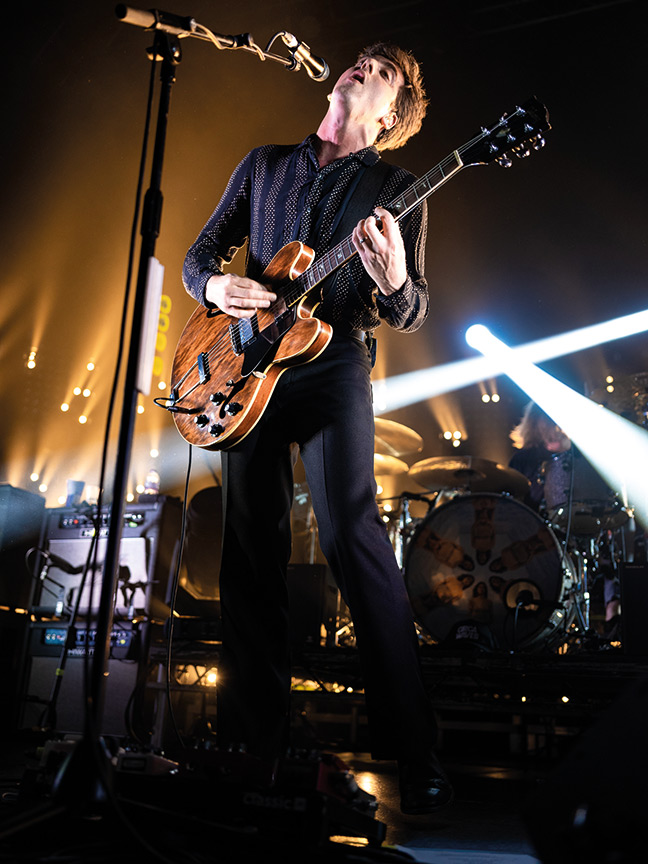
The following day, Eleanor worked on some promotional material for a singer songwriter that involved lots of purple and blue lighting. “She expressed an interest in the images having a film-type look to them, which meant I could try out the GFX 50S’ built-in Film Simulation mode – a feature I’d been dying to use. Although the differences are subtle, they’re there – and they’re beautiful reproductions of the films they are based on. We settled on Astia, which produces a slightly softer image in comparison to Provia. Under both flash and continuous lighting, the camera performed incredibly well,” says Eleanor.
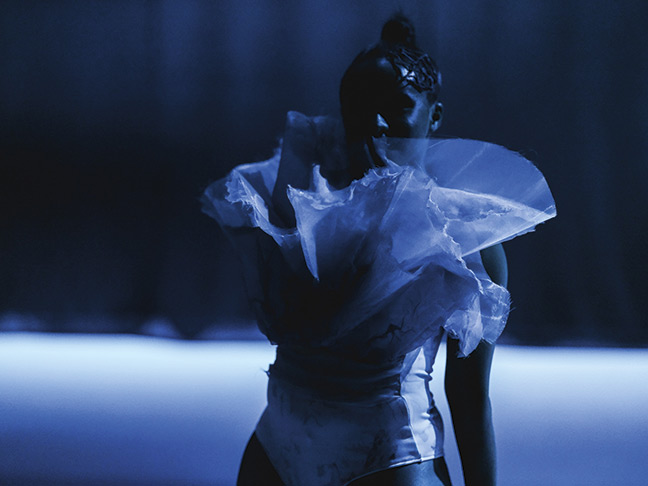
“What I didn’t expect was the relatively shorter battery life compared with that of my existing DSLR. Having to excuse myself to charge up the batteries when with a client wasn’t ideal, and as someone who is often shooting many long hours for a job, I need a camera that can keep up. However, an extra battery or a battery grip would easily solve this problem.”
Her final job was to shoot rock band, Papa Roach. “By then, the GFX 50S felt like an extension of myself,” she enthuses. “I could easily alter the settings using the shutter speed and ISO dials on the top, which was much quicker than what I’m used to, even in the darkness of O2 Academy Birmingham’s photo pit.
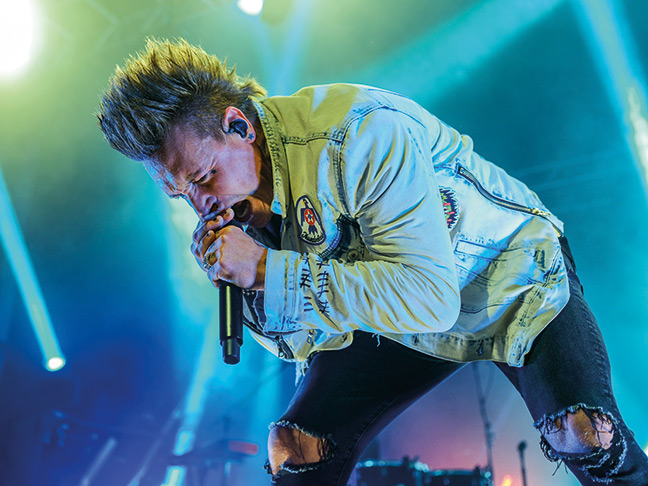
“It was an effortless shoot, where the camera does most of the work. I didn’t second guess any of my shots – I could enjoy the show, while working. Once you’re used to the different layout, its design is ergonomic and practical.
“By the end of the two weeks, I’m saddened to be sending the GFX 50S back. A move to a mirrorless camera now seems imminent, and although the price tag is slightly eye watering (does anyone have a spare few grand they’d like to lend me?), it’s justifiable for a camera this good.”
The kit Eleanor used
Fujifilm GFX 50S
The Fujifilm GFX 50S is the brand’s flagship medium format, mirrorless camera, which features a 51.4 megapixel sensor, 14-stop dynamic range and the Fujifilm Film Simulation modes, allowing you to reproduce colours and tones from Fujifilm’s photographic film manufacturing days.

GF45mm f/2.8 R WR
Weighing just 490g, this wide-angle lens provides a maximum aperture of f/2.8 and features a Nano GI coating to reduce ghosting and flare. It’s also weather and dust resistant.
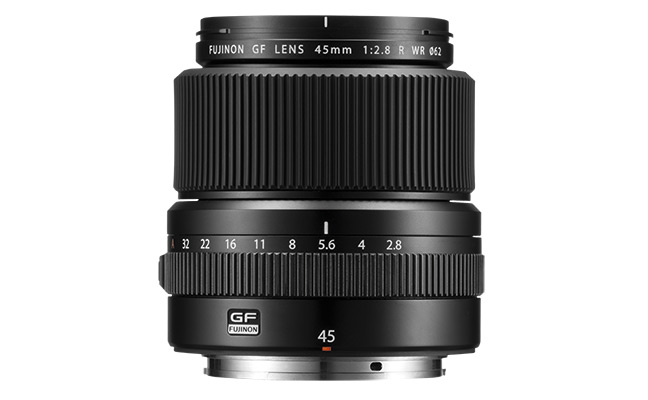
GF110mm f/2
This medium telephoto lens is ideal for portraits and features a fast and quiet AF thanks to its linear motor. It’s also dust and weather resistant and delivers beautiful bokeh thanks to its f/2 aperture.
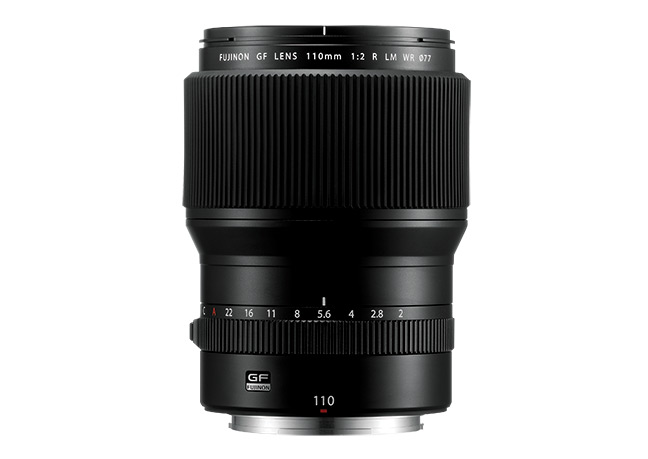
Get involved
If you’re looking to make the switch to Fujifilm and want to be featured in Photography News, click here, fill out the form and you could be selected to borrow a Fujifilm camera and two lenses for up to two weeks, free of charge! Terms and conditions apply and can be found here.

